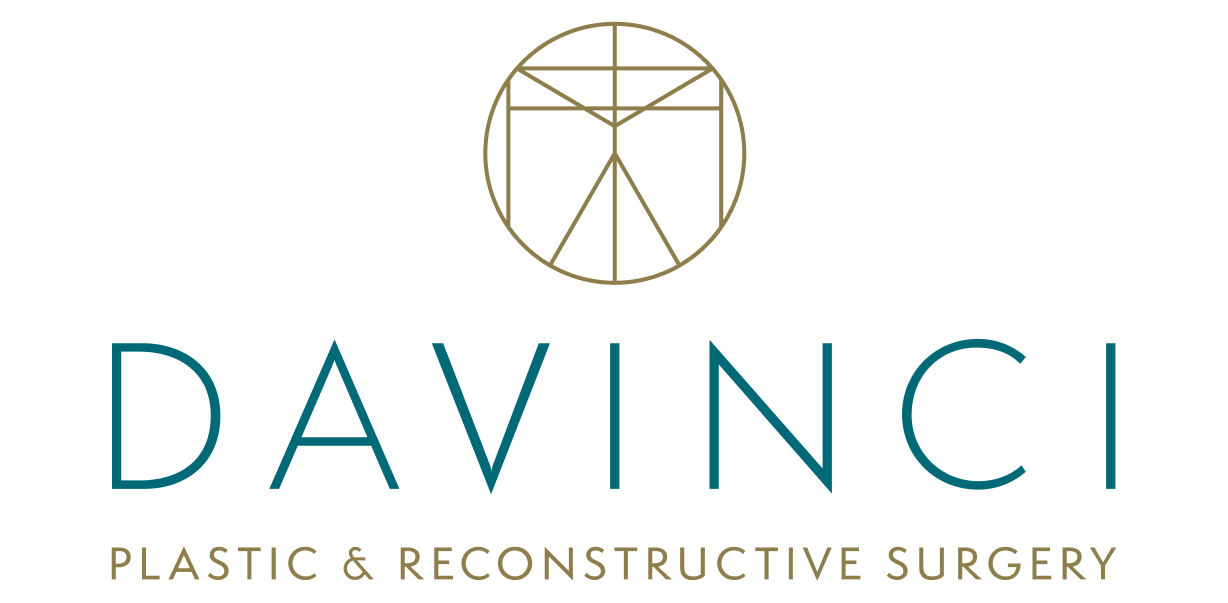Gynecomastia: The Under Armour Effect
Posted February 17, 2020 in Male Gynecomastia Surgery
Steven P Davison, MD, DDS, FACS | Ximena Pinell, MD | Katherine Long Lijoi, MS 5 Min Read In recent years there has been a tremendous surge in interest in contouring of the male chest. Gynecomastia, or male breast tissue, is a common medical condition that affects a third of men in their lifetime. Why […]
Read More






